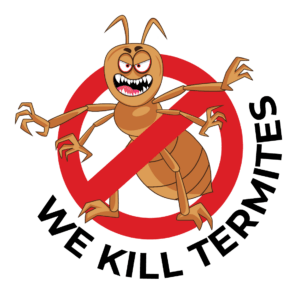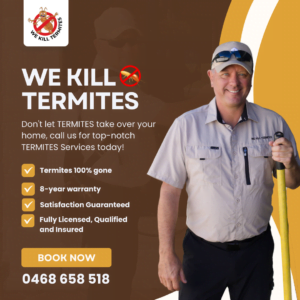Learn how to identify termite infestations in your home with these key signs and tips. Early detection is crucial for preventing extensive damage. Early detection is crucial for preventing extensive damage.
Understanding the Importance of Early Detection
Termites are notorious for their ability to cause substantial structural damage over time. Often referred to as “silent destroyers,” these pests can chew through wood, causing weakening of structures such as walls, floors, and even foundation supports. By learning how to identify termite infestations in their early stages, you can take proactive steps to prevent costly repairs and maintain the integrity of your home.
Common Signs of Termite Infestations
- Termite Mud Tunnels: Termite mud tunnels, also known as termite tubes, are small, mud-like structures that termites build to travel safely between their nests and food sources. These tubes often appear along the foundation, walls, or crawl spaces of your home.
- Swarmers: Termite swarmers are winged reproductive termites that emerge in large numbers during their mating season. These swarms can often be mistaken for flying ants, but termites have straight antennae, equal-length wings, and broad waists.
- Discarded Wings: After a termite swarm, you might find discarded wings near windows, doors, or other entry points. This is a clear indicator of termite activity.
- Hollow-Sounding Wood: Knocking on wood structures and hearing a hollow sound could indicate that termites have consumed the inner wood layers.
- Bubbling or Uneven Paint: Termites can cause moisture buildup behind walls, leading to paint that appears bubbled or uneven.
- Sagging or Buckling Floors: If your wooden floors suddenly show signs of sagging or buckling, it might be due to termite damage compromising their structural integrity.
- Visible Termite Droppings: Termite droppings, often called frass, resemble tiny pellets and can accumulate near termite feeding sites.
- Softened Wood: Termites often start by eating wood from the inside out. If wood in your home feels soft or crumbles easily, it might be infested.
Tips for Identifying Termite Infestations
- Regular Inspections: Conduct routine inspections of your home, paying close attention to areas with wood contact, such as basements, crawl spaces, and attics.
- Check for Mud Tunnels: Examine the foundation and exterior walls for termite mud tunnels, as they are a clear sign of termite presence.
- Look for Swarmers: Keep an eye out for termite swarmers, especially during their mating seasons, which can vary by region.
- Monitor Wood Structures: Regularly inspect wooden structures, furniture, and any wooden items for signs of termite damage.
- Seek Professional Inspection: If you suspect termite activity or notice any of the signs mentioned, it’s advisable to contact a professional pest control company for a thorough inspection.
Preventing Termite Infestations
While identifying termite infestations is crucial, preventing them is equally important. Here are some preventive measures you can take:
- Reduce Moisture: Fix leaks, improve drainage, and ensure proper ventilation to eliminate excess moisture, which attracts termites.
- Remove Wood-to-Ground Contact: Keep firewood, lumber, and other wooden materials elevated and away from direct soil contact.
- Regular Landscaping: Trim bushes, trees, and shrubs away from your home’s foundation to minimize potential entry points.
- Termite-Resistant Materials: Use termite-resistant materials for construction and renovations whenever possible.
- Professional Inspections: Schedule regular termite inspections by professionals who can detect early signs of infestation.
Identifying termite infestations requires vigilance and awareness of the common signs. By regularly inspecting your property and knowing what to look for, you can catch termite activity early and take appropriate measures to protect your home. Remember, early detection and professional intervention are key to preventing extensive damage caused by these destructive pests.
By incorporating preventive measures and seeking timely professional assistance, you can safeguard your home and enjoy peace of mind knowing that you’re taking proactive steps against termite infestations.


